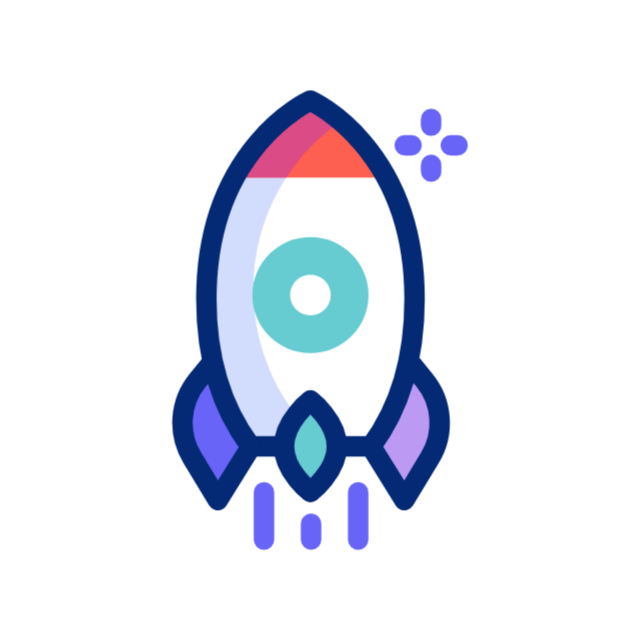If you have felt stuck when trying to move from your app ideas to real designs fast, Google’s updates to its AI design tool Stitch might help you now. Stitch turns text prompts into user interfaces. It got four key upgrades that let designers, developers, and product teams work better as they create app prototypes. Below, you see what changes and how to use them right away.
1. Gemini 2.5 Pro: Designs That Finally Look Professional
Before, AI-generated UI designs felt weak. Colors clashed and layouts did not suit the purpose. The new Gemini 2.5 Pro in Stitch fixes these faults.
• The AI now keeps related words close. It picks color schemes that match and builds layouts that serve a goal. For instance, ask Stitch for a landing page. You get a layout with clear calls to action and good spacing. Ask for a dashboard design, and you see a screen that feels like a real analytics tool.
• You now get clean visuals in seconds. You save hours that you would spend fixing styles or hiring a designer. The process shifts from days into minutes, speeding up product development.
2. Teamwork Gets Smoother with Jules Integration
Stitch now works with Jules, Google’s AI coding tool. This combination gives product managers, designers, and developers a single path to follow.
• Your product manager writes user stories with Jules. A designer then builds the UI in Stitch. A developer takes both outputs to create the app. Each step builds directly on the one that came before.
• The flow stops miscommunication. There is no need to send long emails or Slack messages to explain what you meant with a design. All team members stay linked and move forward together.
3. The New Copy-Paste Trick That Speeds Up Design Refinement
This change will please those who tweak designs often. You can now copy any screen from Stitch and paste it into Gemini. Then, you add a note to change the style.
• For example, if you create a UI that is good but need it darker or simpler, copy the screen from Stitch. Paste it into Gemini and add a note like “Make this design more minimalist.” Then, Gemini comes back with a new, tidy version.
• This mix of Stitch and Gemini sets up a fast design loop. Your adjustments happen quickly and directly with every copy and change.
4. Public Project Sharing Makes Collaboration Easy
Sharing designs now becomes very simple. With Stitch, you can now create a read-only link to your UI design that opens in any browser.
• With one link, anyone can see your work without a login or downloads.
• Clients, team members, or stakeholders view the design right away. They can give fast feedback, and you keep the design moving forward.
• Designers can show portfolios easily. Teams keep work along one steady version, so everyone stays in sync.
Putting It All Together: A Fast, Unified Design & Dev Workflow
If you want to create a dark mode finance app, see how these updates work in one smooth flow:
- Type your prompt in Stitch for a dark mode finance app UI. The new Gemini 2.5 Pro guides the design agent to quickly give you a sleek interface with matching colors and neat text.
- If you want a more simple style, copy that UI screen from Stitch. Paste it into Gemini and ask for a simpler look. Gemini gives you a refined version with tight spacing and clear order.
- At the same time, your product manager uses Jules to write the app logic. The design and the code connect directly so that the app looks and works as planned.
- Share the public project link with clients or developers. They open the link and see the version that you made, without any extra steps.
- The code is then exported by developers so they can build the final product fast.
This method stands against old cycles where design and development work in different tools, where teams have to meet over and over, and where feedback takes many days.
Who Gains the Most from These Updates?
• Designers get ready-to-use UI prototypes that help break creative blocks.
• Developers skip the slow way of setting up the UI by using designs that work right with code.
• Founders and product managers test ideas fast, moving to market sooner.
• Agencies and solopreneurs save time and costs by reducing the rounds of design revisions or the need to outsource design work.
Current Limitations to Keep in Mind
Stitch is impressive, but it is not perfect. Complex flows for multiple screens still need a skilled developer. Some designs might show slight shifts in style between screens. Also, your options for export customization are a bit limited. Google works on updates so that these issues may shrink in the future.
How to Take the Next Step
If you value fast app design and prototyping, try out the new Stitch features. Test generating UIs, refine styles in Gemini, and work together easily with public sharing links.
For those ready to grow their business with AI automation and smart design routines, you can also find specialized training or communities that focus on using AI in real work settings.
The tools keep getting better. Now, turning an idea into a beautiful, working app screen takes minutes. Starting today means you can build digital products that are clear, professional, and ready for the market without long delays.
If you want a faster way to move app ideas into screens, these updates await your test. Putting Stitch and the new tools to work will change how you build, refine, and share your UI designs, making your projects faster, clearer, and more cooperative from the start.


